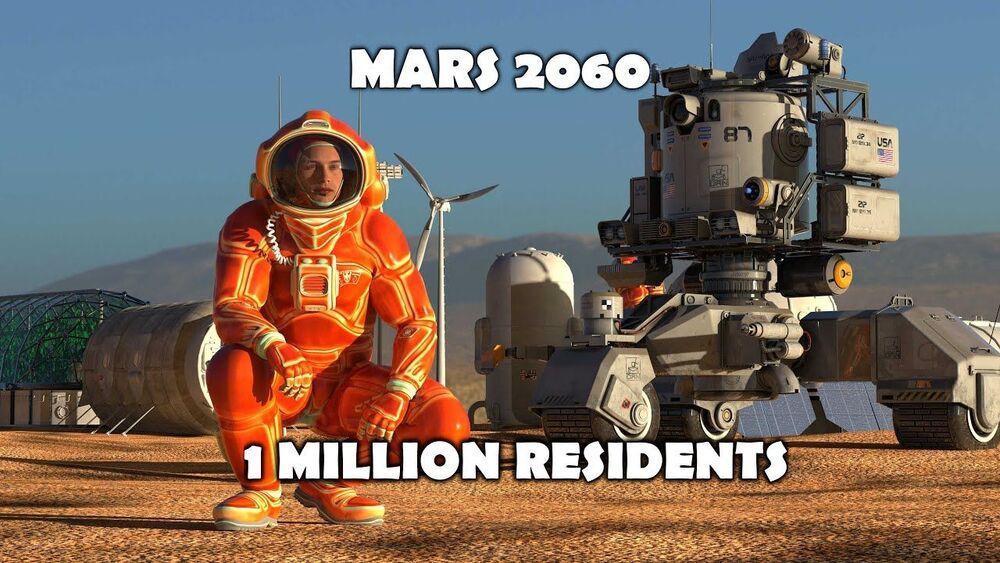https://youtube.com/watch?v=HpXvQaQ9ktc
There are many options for living on Mars. 3D-printed ice habitats around the poles, building underground, etc. The technology is finally here.
This is part of the reason why the surface is so cold, ranging from −143 in the polar regions during winter and 35 °C (−226 to 95 °F) near the equator during midday in the summer. But because the air is so thin, a person standing on Mars (in the summer and at noon) would experience extreme cold anywhere above their ankles.
And then there’s the radiation, which is roughly 40 times higher than what humans are regularly exposed to here on Earth (worse, when a solar event occurs). There are also massive dust storms that can envelop the entire planet and block out all sunlight. Last, there’s Martian gravity, which is about 37% of what we experience here on Earth.
In short, Mars is cold, dry, irradiated, and the air is thin and unbreathable. But with the right kind of living strategies and technology, living on Mars could be possible. In particular, life on Mars will rely heavily on 3D printing, in-situ resource utilization (ISRU), renewable energy, radiation shielding, and lots of recycling and compost systems.









Comments are closed.